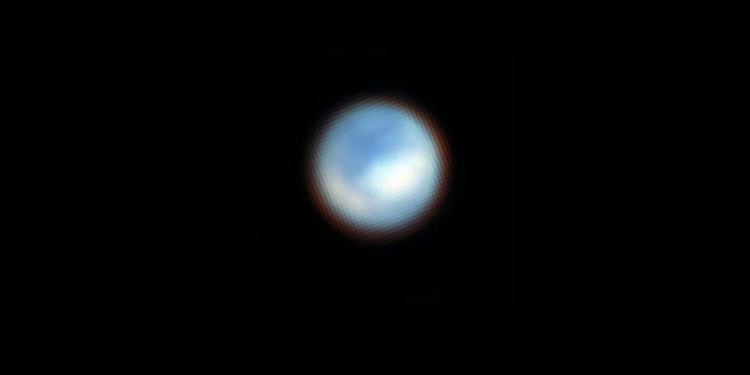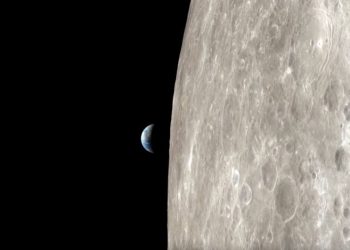Throughout the millennia, Earth has been a canvas for cosmic events. Comets, meteors, and asteroids have punctuated our planet’s history, sometimes heralding mass extinctions, yet paradoxically, they may have also seeded life’s genesis. This narrative isn’t unique to our planet; it potentially extends to distant ocean worlds like Europa, Enceladus, and Titan.
Cosmic Deliveries: Seeding Life Beyond Earth
A recent investigation spearheaded by Shannon M. MacKenzie, a planetary scientist at Johns Hopkins University Applied Physics Laboratory (JHUAPL), alongside a consortium of researchers from prestigious institutions, delves into this cosmic interplay. Published in The Planetary Science Journal, their study proposes that cometary impacts may have been crucial in delivering life’s building blocks to these icy realms.
During Earth’s Hadean Era and the Late Heavy Bombardment phase, our planet and its inner solar system neighbors received an influx of cometary bodies, bringing water and vital organic molecules. The study posits that similar processes could have occurred on ocean worlds orbiting the gas giants, where subsurface oceans lie hidden beneath icy crusts.
The research team explores the dynamic chemistry initiated by these celestial collisions. When comets strike, they not only scar the landscape but potentially create nurturing environments through shock-driven reactions. These processes might synthesize complex organics like amino acids—the very ingredients necessary for life.
On worlds like Europa, Enceladus, and Titan, the interplay of ice, organic material, and comet chemistry could forge novel compounds. For instance, the icy plumes of Enceladus, as studied by the NASA/ESA Cassini–Huygens mission, reveal that such interactions are not only possible but ongoing.

Sustaining Life’s Building Blocks
The study also considers the survivability of these materials post-impact. Despite the harsh conditions of space impacts, a significant portion of these organic compounds persists, potentially leading to prebiotic chemistry in the melted water pools within impact craters. On Titan, where impacts are softer due to its dense atmosphere, these conditions are particularly favorable.
The research underscores that even minor impacts could play a significant role in enriching these alien oceans with essential life-forming elements. It’s a process of cosmic alchemy—turning space rock and ice into potential hotbeds for life.
Looking ahead, missions like ESA’s JUpiter ICy moons Explorer (JUICE), NASA’s Europa Clipper, and the ambitious Dragonfly drone to Titan are set to further explore these enigmatic worlds. The upcoming Enceladus Orbiter aims to continue where Cassini-Huygens left off, offering a closer look at the moon’s intriguing plume activity.
These missions are not just routine space ventures; they are quests for understanding whether life’s genesis, as we know it, is a universal saga written across the cosmos. By examining these distant worlds, scientists hope to uncover the conditions under which life can emerge, testing the limits of life’s tenacity and the role of cosmic events in life’s eternal dance.
In this celestial narrative, comets may not just be harbingers of doom but could be the cosmic couriers of life, making ocean worlds vibrant candidates in our ongoing search for life beyond Earth. As we stand on the brink of these explorations, one wonders what secrets lie beneath the icy facades of these distant moons. Could they be the cradles of extraterrestrial life, waiting to tell their stories? Only time and our unwavering curiosity will unveil these cosmic mysteries.











